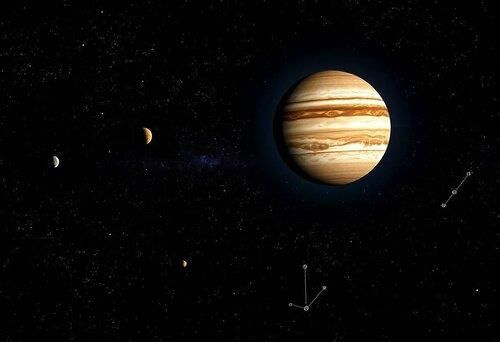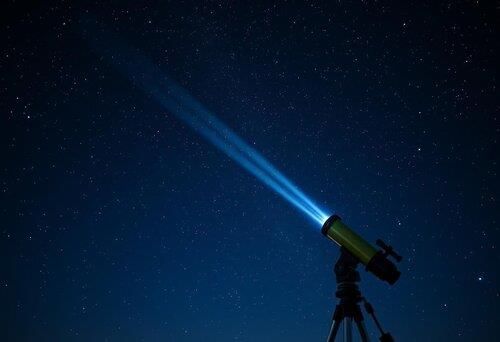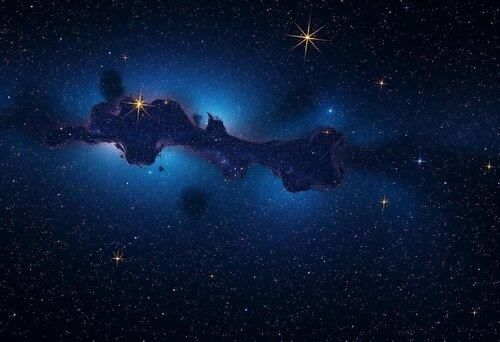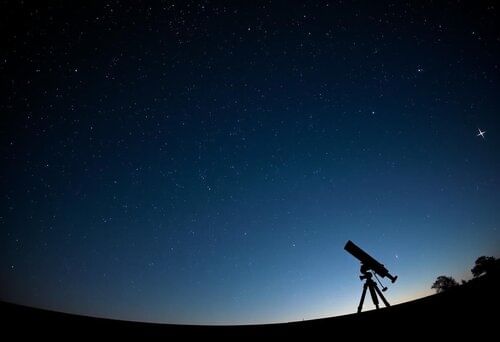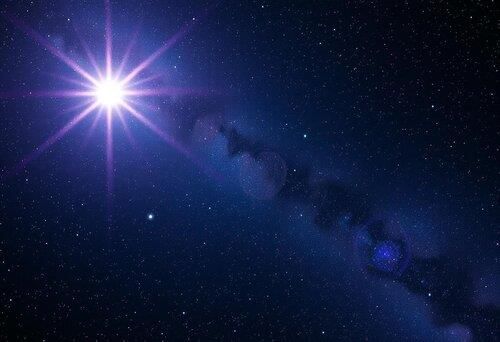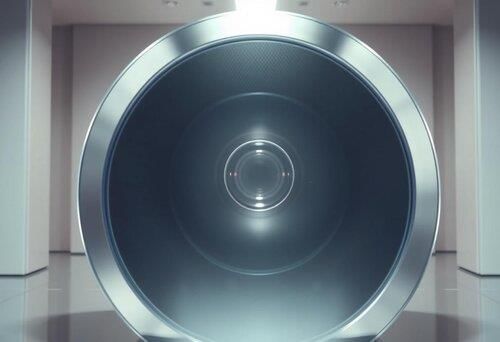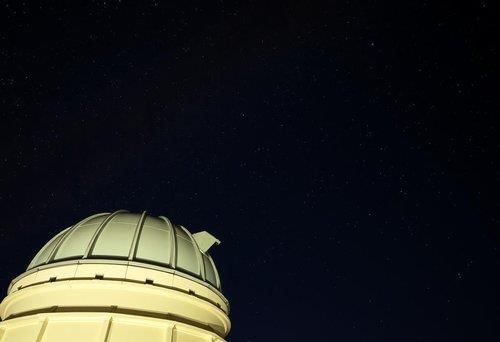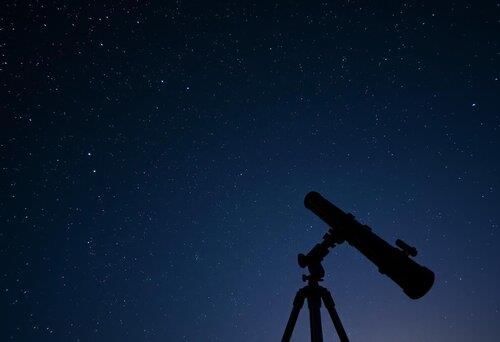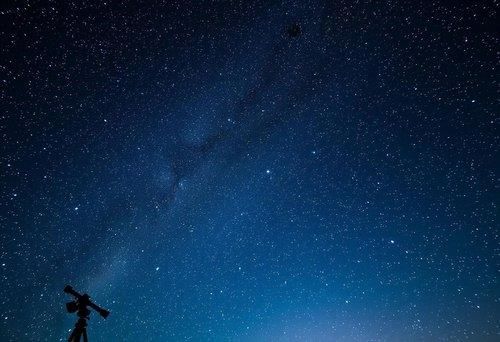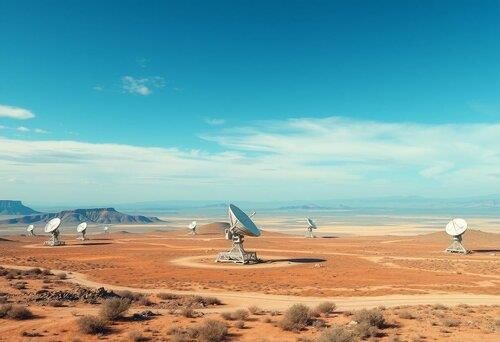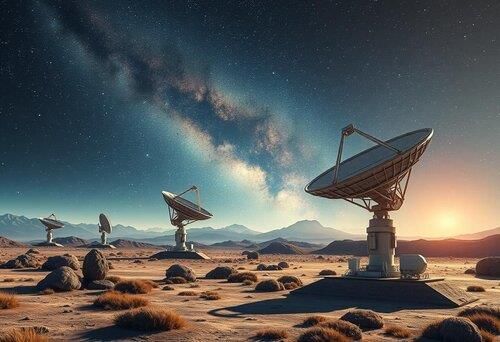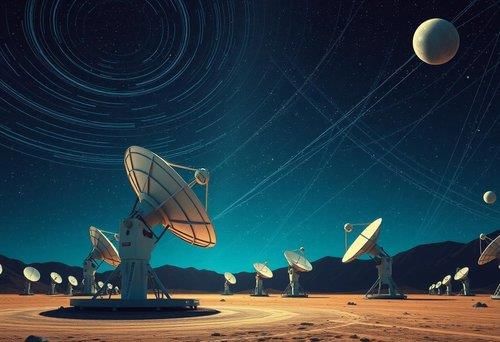|
Telescopes observe distant celestial objects.
|
Card: 2 / 50 |
|
Telescopes helped sailors spot ships.
|
Card: 4 / 50 |
|
Fill in the blank: Galileo was the first to observe that Jupiter has ___, which was a groundbreaking discovery. |
Card: 5 / 50 |
|
True or False: Galileo's telescope was less advanced than modern telescopes, which allow for clearer observations of celestial bodies. |
Card: 7 / 50 |
|
True; Galileo's telescope was a significant advancement for its time, but it does not provide the clarity and detail that modern telescopes do. |
Card: 8 / 50 |
|
Galileo observed that Venus has phases, similar to the Moon, appearing to change shape as it orbits the Sun. |
Card: 10 / 50 |
|
Riddle: I make faraway objects appear larger, bend light with my curves, and help you see the stars clearer at night. What am I? |
Card: 11 / 50 |
|
Modern telescopes enhance celestial studies.
|
Card: 14 / 50 |
|
Fill in the blank: The Milky Way is made of ___ stars, as demonstrated by Galileo's observations. |
Card: 15 / 50 |
|
Telescopes enable star observation effectively.
|
Card: 18 / 50 |
|
The Southern African Large Telescope (SALT) is located near ___ in South Africa. |
Card: 19 / 50 |
|
True or False: The light from some stars takes millions of years to reach Earth. |
Card: 21 / 50 |
|
Fill in the blank: The SALT uses ___ and a large mirror to collect and focus light. |
Card: 23 / 50 |
 Unlock all Flashcards with EduRev Infinity Plan Starting from @ ₹99 only
|
|
Riddle: I can show you stars that are far away, some of my light takes millions of years to display. What am I? |
Card: 27 / 50 |
|
How do large telescopes equipped with advanced technology contribute to our understanding of the universe? |
Card: 29 / 50 |
|
They study the sky by capturing detailed images of celestial objects and phenomena, enhancing our knowledge of the cosmos. |
Card: 30 / 50 |
|
Fill in the blank: Telescopes reveal ___ of stars that cannot be seen with the naked eye. |
Card: 31 / 50 |
|
SKA collects radio waves.
|
Card: 34 / 50 |
|
Fill in the blank: The total area of all dishes in the SKA equals ___ square kilometers. |
Card: 35 / 50 |
|
False; the SKA has dishes in other countries including Australia and several African nations to enhance image quality. |
Card: 38 / 50 |
|
The computer processes the weak radio signals collected by the dishes and combines them to produce a clear image of celestial objects. |
Card: 40 / 50 |
|
Riddle: I am a collection of thousands of dishes, receiving signals from space, helping scientists explore the universe's vastness. What am I? |
Card: 41 / 50 |
|
Fill in the blank: The SKA consists of thousands of radio dishes that operate similarly to ___ dishes. |
Card: 43 / 50 |
|
Why was there a competition between South Africa and Australia regarding the SKA? |
Card: 45 / 50 |
|
Competition for SKA Hosting
|
Card: 46 / 50 |
|
Short Answer: How does the array system in the SKA improve the quality of the images produced? |
Card: 47 / 50 |
|
The array system allows multiple dishes to work together, collecting signals from a wider area, which enhances the clarity and quality of the images. |
Card: 48 / 50 |
|
What significant astronomical discoveries did Galileo Galilei make in 1609 using a telescope? |
Card: 49 / 50 |
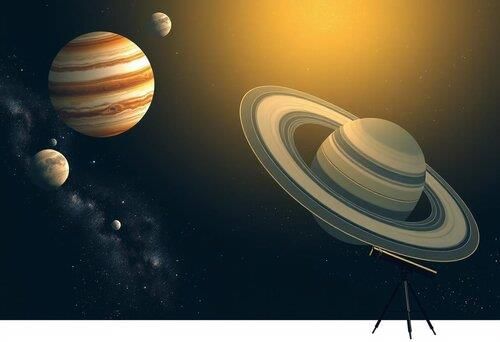 Galileo Galilei discovered Jupiter’s moons, Saturn’s rings, and the true nature of the Milky Way. |
Card: 50 / 50 |





